What do you do when people get in the way of your photographs, blocking the view and sometimes ruining your composition with their unwanted presence? Do you wait until they leave and make the area suitably vacant for your photography and ideal composition? Do you ask them to leave? Or do you use various photography techniques with filters and multiple exposures to remove all subjects from the scene? While all these methods can work, sometimes it is actually better to wait for the right moment and incorporate people in the scene.
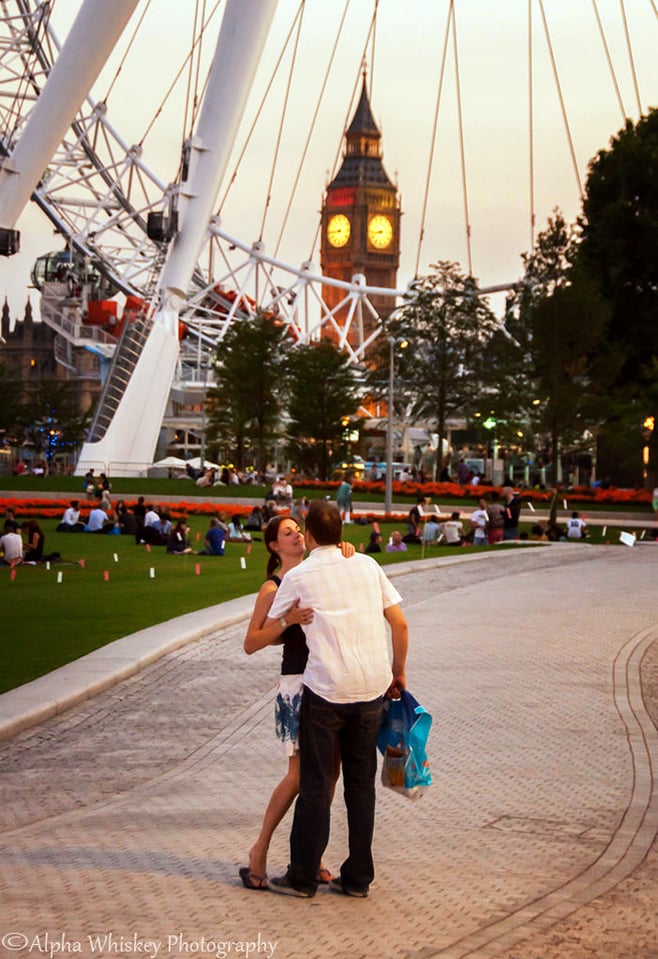
I think many of us can identify with this. It certainly used to bug me. I’d wait ages for people to move out of the way before taking the shot. My preferred style was a picture postcard of wherever in the world I happened to be and I didn’t want people in the way of the building or landmark. Of course, they had as much right to be there as I did to absorb the full splendour of the location. But in my head I’d be saying please move along soon so I can take my shot!

It’s very tricky to get an empty shot when the place is busy. And when friends or family accompany you, their patience is rightly strained while you wait for eternity to get that shot. Unless you’re there early in the morning or late in the day (which is what I often resorted to), chances are there’ll be swathes of people alongside you. At some point, therefore, one has to accept that there will be people in the frame. But rather than being a problem for the image, you can creatively incorporate them into your composition.

This may sound like a desperate capitulation, but I like to think of it as embracing a creative challenge (well, I suppose I would say that). Allowing people in your image isn’t simply surrender to inevitability. It can be useful to the composition in many ways.

As appealing as it may be to photograph a place naked of any human presence, people invariably give the image a sense of scale. With some landmarks, such as waterfalls or buildings, it is very difficult for a viewer to gauge just how tall and mighty something is without a person present to offer perspective.
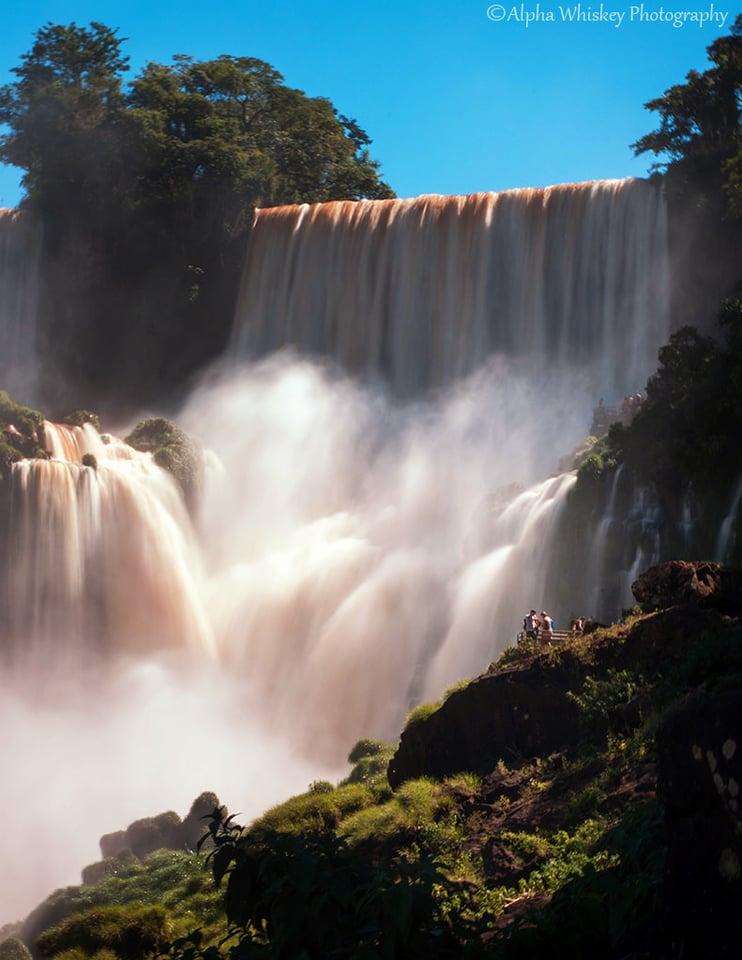
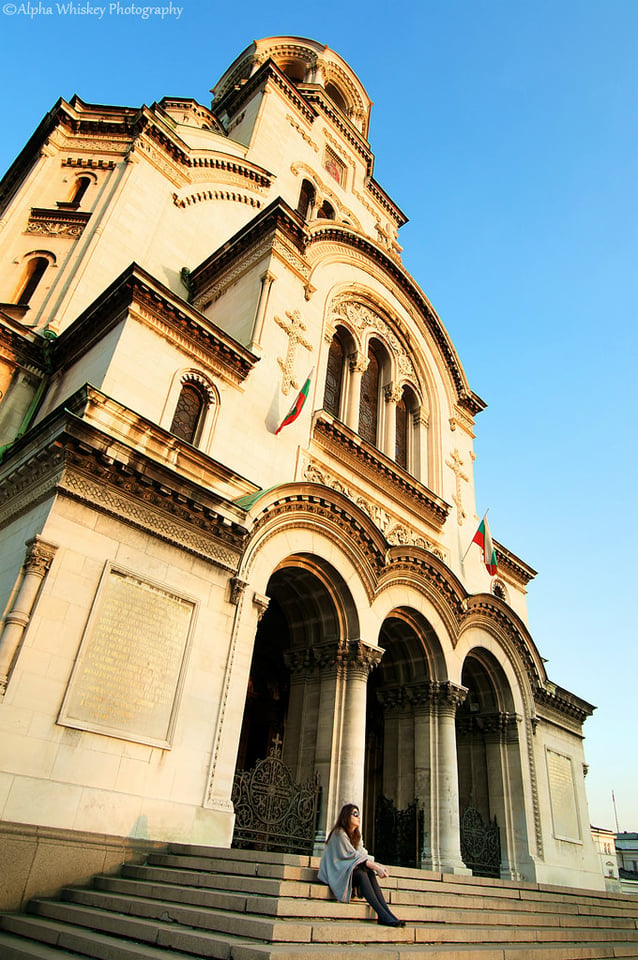
Perhaps your original intention for taking the image can change when a person appears in the frame. Perhaps now, instead of simply recording the place, you can tell a story too. Remember that adage that a good photographer captures but a great photographer reveals? Putting a person in the image to create a narrative is an easy way of revealing something new about the location.

Perhaps seeing people viewing a vista with wonder can add to the sense of wonder we feel when we see the image. After all, we all express generally the same range of emotions and will tend to mirror those of others; seeing other people smile or laugh often engenders the same in us. Capturing awe in others gives the viewer something extra to relate to, and their gaze can direct ours.


Having someone in the shot can also add balance to the overall image, occupying dead space in an otherwise uninteresting composition. Often I’ll look at a scene and think that it needs something extra. Yes, it needs a person in it! Having someone there will also bring life to the scene, giving the viewer a sense that the place is accessible and enjoyable to visit.


I find that when there is someone in the image, rendering it as black and white can be particularly effective (to my own eyes, at least). The figure becomes almost an abstract form with no unnecessary facial detail to identify them. Just their body and perhaps its shadow lend an additional element to the image as a whole.
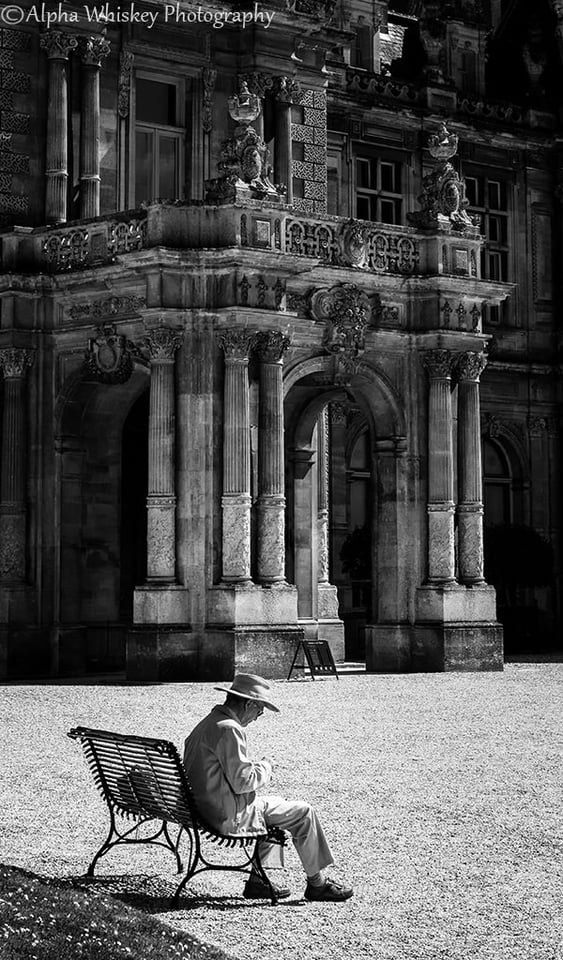
I’m not suggesting we adapt our composition parameters having found a person in the shot after we’ve taken it. Nor am I referring to photography where people are deliberately sought as the subject (e.g. street photography). I’m talking about wilfully incorporating persons that wander into your frame as part of your composition. This will still involve some waiting for the person(s) to be in an interesting position, but perhaps not as much as waiting for an area to be utterly desolate of human life. It may also prove more rewarding in the long run as the image will tell a story rather than simply exhibit a place.
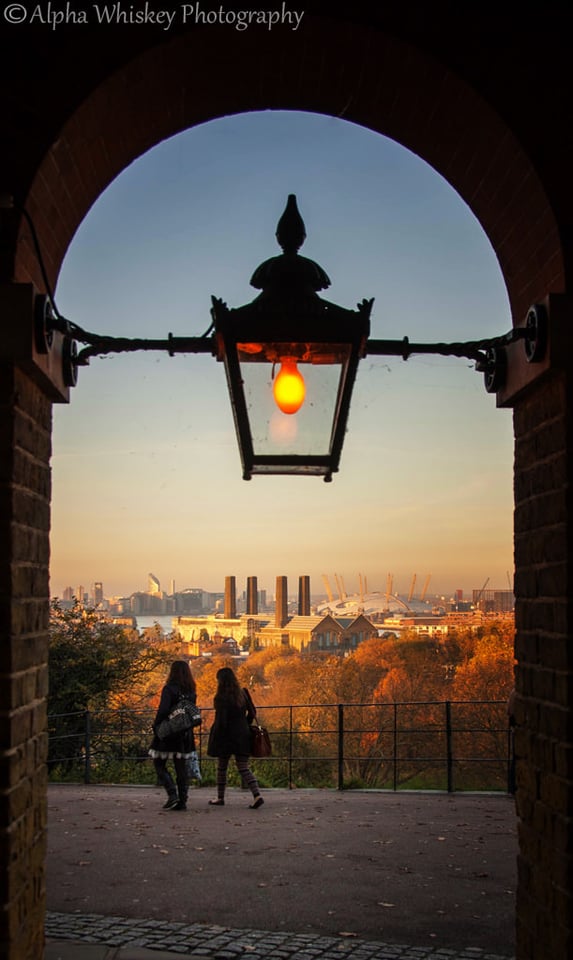
So the next time you feel like someone is in the way of your shot, consider that their presence may actually enhance the composition and reveal something different about the place. It’s entirely probable that another photographer may be using you for exactly that reason.
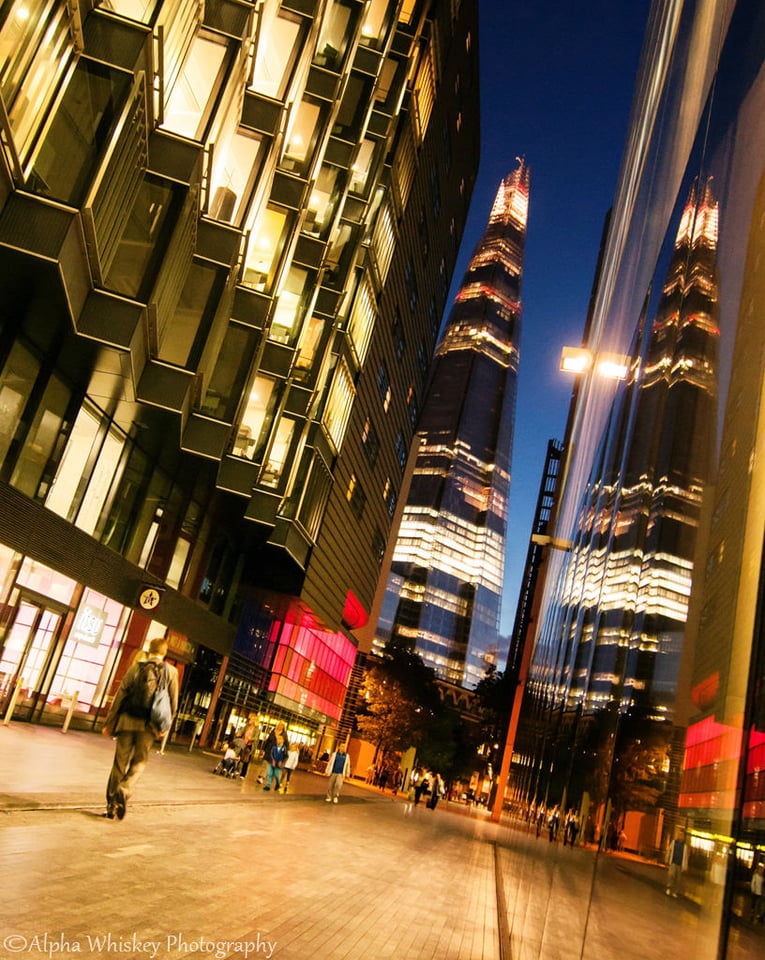
Thanks Alpha for sharing this beautiful images! Keep up with the good work.
Cheers from Argentina.
Thank you Tomas.
(BTW I have visited Argentina and it is a beautiful country:))
Yes I know! I saw your pics in your website (those from Puerto madero are really nice). I moved from buenos aires to the patagonia, im really close to chile… I could post some pics here in PL cause is an unique and wonderful place.
Cheers
Thank you Tomas! :)
Hallo,
Nice thought. But there is additionally the problem of “the right of publicity/privacy”/ “the right in one’s image” or how it is called in english. In every other states/countries there are different laws regulating this. This is no problem if you only privately view your images, but even if you post them on facebook… or like here post them in public or even use them commercially this can (not must) be a (costly) problem. The chances are good that no one on your pictures will ever find out,… and in some states/countries this might even be no problem, but you should be aware of the problem if you post such a picture.
Best
Manuel
You make a good point Manuel, and certainly if the images were used for commercial purposes and had easily distinguishable faces then there would be issues such as you mentioned. Fortunately I don’t use such images for commercial reasons and try my best to ensure that none of the people in my images are easily identifiable. What’s actually more worrying is potential future (EU) law suggesting that we will need to seek permission to photograph buildings (even well known and photographed landmarks) or pay compensation to whoever owned the copyright for the building. It seems our freedoms are constantly being infringed upon….
Regards,
Sharif.
Great post, Sharif! And whilst I’m not saying anything new from your post, I must reinforce that each of your images work so much better /because/ they include people — whether for balance reasons, or for scale, or for a better sense of moment. I think your points are well illustrated. I also think the problem lies in a lot of photographers taking /snapshots/ of places and being perturbed that people are in them. Shifting the focus to including people deliberately will only help in these scenarios.
PS: I am still based in London but presently in Belgium. Sorry I have not reached out to you in email for the past few months. I’ve also been quite busy. I should be around London in a few days, and probably will be there for a few days, before I need to fly out and back toward Antarctica. Let’s still try to meet up and do some street photography! I’ll email you ASAP
Best,
Brian
Your set makes it look really easy but incorporating other people in your pictures is challenging. All of the people in the pictures you show are either well dressed or have a passive stance and attire. The usual case I encounter is a bystander in alarmingly sloppy outfit doing something un-picturesque like eating a hot dog. I really don’t have the eye to set up something like this.
You will with practice, believe me. Incorporating bystanders still requires patience, opportunity and often luck for the shot to work. It’s not something that always happens instantly :)
Wow, that’s the best perspective of the Aleskander Nevsky Cathedral I’ve seen! Most people go for the “postcard” framing from across the street, this is much better!
I learned a long time ago that, in Japan at least, instead of waiting for ever hoping that people clear out of the picture, that they Are the part of the scenery. Even crowds. That is simply how it is, in many (most) places. So composition, considering crowd movement, comes into play. If, of course, you want a totally blank canvas, it is often possible to take multiple photos from a tripod, and paint out the unwanted parts later. Of course recognisable lovers in a shot, without a Model Release, means that no library, at least, will carry the shot.
A great article, thank you. As a very keen Street and Landscape photographer people in the way can be a blessing, or a curse, in equal measure! With “Street” unless there is a person in view, then it is not “Street” photography, it may be Architectural etc, but not “Street. So, when I take Street photography I need people in the way! However, with Landscape photography, the last thing I want is folks in shot, unless there is a reason why the picture would be enhanced by their very presence e.g. two sitting on a gate taking the view….grrr perhaps not! So it’s very much a double edged sword. This photography lark is fraught with difficulties!!!!
Richard
It is indeed! Thank you :)
That’s so true! A picture bereft of humans manages to stir, but remains a picture…put in a person and suddenly, it becomes a story. Lovely pics..esp ‘Waiting at Waddesdon’.
Sharif,
I like your boat.
So do I. :)
sohh